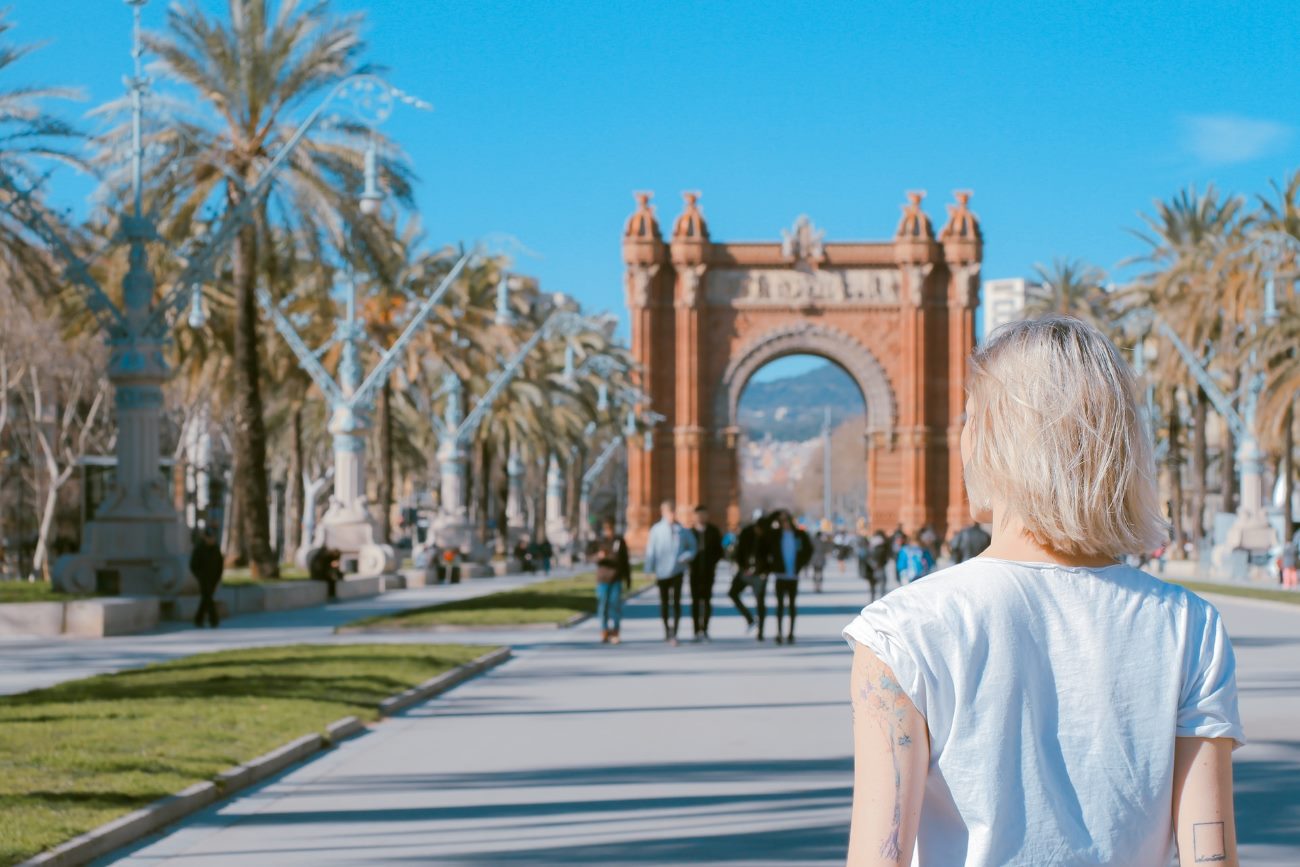Munich’s S-Bahn and U-Bahn: A Complete Guide for Beginners
Welcome to Munich! Whether you are a visitor or a resident, mobility in the urban area is a must. The municipal transportation in Munich is famous for its punctuality and user-friendliness, as there are two ways of travel available – the S-Bahn and U-Bahn. In this article we will be looking at what both of these systems are, how they differ and how you can use them to get around the city.
Understanding the S-Bahn
In Munich is the abbreviation S-Bahn short for Stadtschnellbahn, which means “city fast railway”. It’s a region train network cycling inside the metropolitan as well as proceeding to the urban outskirts. The S-Bahn lines link Munich Hauptbahnhof (main station) to places all over the city, in surrounding towns, even as far as Munich Airport.
S-Bahn is marked on maps and on station signs with a white S in green circle. This system includes several lines, each identified by a number or a latter sign (as S1, S2, S8). Trains operate regularly, especially during weekdays to ensure the shortest waiting times.
In order to commute with the S-Bahn, you will need to obtain a ticket either at one of the ticket machines located at the station or via the MVV mobile app. Do not forget to validate your ticket prior to boarding the train at the stamping machines located at the platforms.
Exploring the U-Bahn
The U-Bahn, abbreviated for Untergrundbahn (that is, short for underground railway), is Munich’s metro system. Different from the S-Bahn, the U-Bahn runs primarily underground, only a few sections are elevated. Network of U-Bahn links different parts of the city for its effortless and rapid movement over large numbers of the people.
The U-Bahn can be identified as being blue-white with a very prominent big U in the centre of the logo. It is made up of many lines, one set (U1), by the one example, is assigned a number or color so that by example(I do not have an example but) there is the U1, U2, U6 etc. Like the S-Bahn, the U-Bahn trains are also frequent and the stations are very well signposted, so navigating is really easy.
But to use the U-Bahn, you also have to buy a ticket by a ticket machine or MVV apps. Be sure validate your ticket before commencing the platforms.
Differences Between S-Bahn and U-Bahn
Even though both the S-Bahn and U-Bahn are key components of Munich’s public transportation system, there is nothing that points out as they differ:
- Area: S-Bahn covers a greater area, over the city border, the other, while serving primarily the city center and the surrounding suburbs of the U-Bahn.
- Accessibility: The U-Bahn is more accessible for people with mobility issues as most of the stations have elevators and escalators. Accessibility of the S-Bahn station may differ so it’s a good idea to plan accordingly.
- Speed: With the S-Bahn you travel at a faster speed and is ideal for commutes of greater length, for example from suburbs into the city centre. For the reason that U-Bahn is a city subway, possessing even more small distances for the position of station, hence the short time spent as well as urban center center.
Taking the S-Bahn and U-Bahn in Combination
One of the commuter city’s greatest features lies in the integrated system of S-Bahn and U-Bahn networks of Munich’s public transportation system. You are able to switch between the two of them, Thereby getting the maximum travel convenience whilst you reach both of the places which isn’t available on 1 single line.
Take, for instance the case that you find yourself in the north western part of the town at Olympia Park, you can take the U-Bahn to the nearest station then transfer onto the S-Bahn for a quick train ride to the park. The fusion of these two networks enables you to be flexible and a wide range of options available to discover Munich and its surroundings.
Tips for Riding the S-Bahn and U-Bahn
To enjoy the full experience of S-Bahn and U-Bahn, follow these simple steps.
Planz Chair: Use digital map of the city as for example the MVG Fahrinfo app or Google Maps to plan your trip and to search connection what is goodst for you.
Ticket validation: Ensure that you validate your ticket at the beginning of your journey using the automated machines available on the platforms.
Keep the correct ticket: Make sure you buy the suitable ticket for your needs. S-Bahn and U-Bahn networks of ticket usually allow.
Be aware of peak hours: The S-Bahn and U-Bahn are very crowded during rush hours. If you can, go out of peak hours to beat the traffic.
Be aware of the signage: Watch out for the signs pointing out train directions and lines to ensure that you are getting on the right train.
Be aware of your belongings: Note that this is public transport therefore take notice of your belongings and keep an eye on them all the time.
In Conclusion
Munich’s public transportation system revolves around the S-Bahn and U-Bahn, two convenient and reliable modes of transportation for both residents and visitors. Knowing the differences between the two and making the best of their connectivity can really make a difference on your trip to Munich. Now, get your ticket, take the train, and admire the impressive views throughout the city!
Table of Contents



